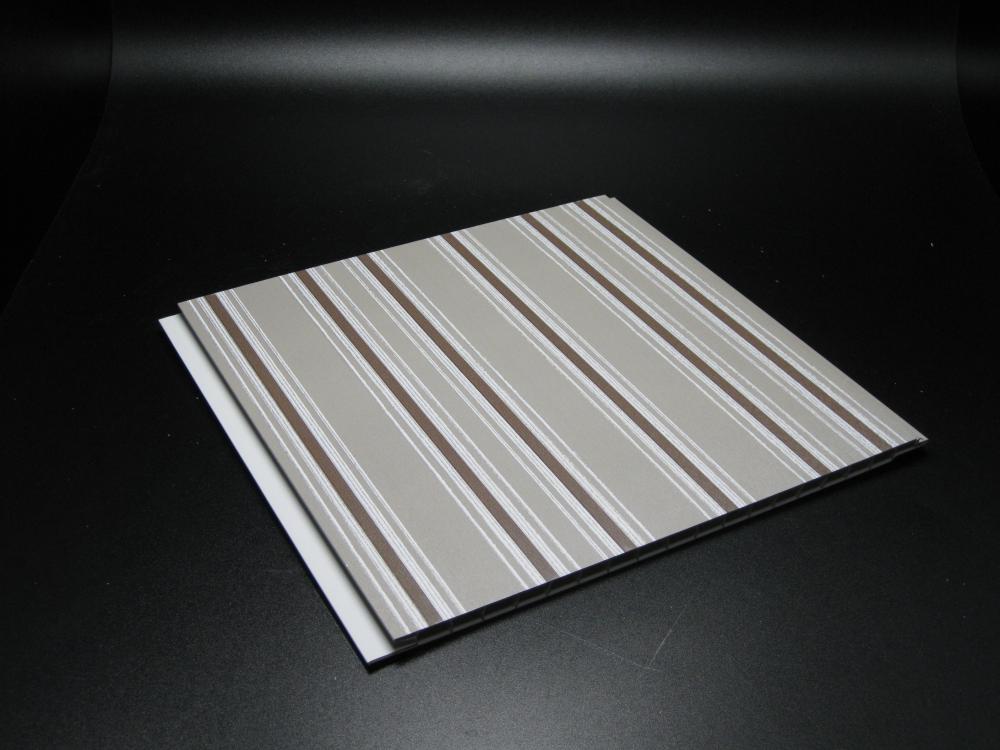According to reports, the technology developed this time is divided into the following processes. First, put the parent material, the resin particles, into the electrolyte solution and place the CNTs in the dispersant so that they have positive and negative opposite charges. Then, the resin particles and the CNTs are taken out from the electrolyte solution and the dispersant and mixed in a solvent such as water, and the CNTs are uniformly adsorbed on the surface of the resin particles by the action of static electricity. Finally, as long as the resin particles are formed, a resin having a conductivity as a whole can be produced. Just like replacing ITO, CNTs can be formed on the surface of a substrate by electrically charging a large substrate surface with CNTs.
This technology is characterized in that even if the weight ratio of the CNT addition amount is only 0.01%, it can be made into a material having conductivity, and by controlling the amount of CNTs added, the conductivity of the material can be freely changed. Because of the small amount of CNTs added, the added CNTs do not, in principle, lead to changes in the basic properties of the material. For example, if it is a transparent resin, it can be made conductive while maintaining its transparency; if it is a flexible resin substrate, it can be made conductive while maintaining flexibility. In the current trial production results, the conductive range is in the range of 0.0005 to 20 S/m, and theoretically the conductivity of the CNT can be achieved. Therefore, by changing the conductivity, it is expected to be applied to various applications such as antistatic, electromagnetic wave absorption, and electrodes.
Size of Laminated Wall Panels: 200mm x 8mm, 250mm x 8mm, 250mm x 5mm, 250mm x 10mm, 300mm x 10mm and so on as your requirement.
Type: Artistic Ceilings, Honeycomb Ceilings, Integrated Ceilings, Perforated Ceilings.
Material: PVC (50%, 60%, 70%, 85% or as your request), Caleium Carbon and Other chemicals
Weight: 2-4 kg/sqm
Feature: Fireproof, Heat Insulation, Moisture-Proof, Mould-Proof, Smoke-Proof, Sound-Absorbing, Soundproof, Waterproof, Fire,Moisture,Mould Proof.
Surface Treatment: Laminated and so on as your pattern and color.
Surface effect: Bright/glossy, high glossy, matt, gleam, roller coating and so on
Quality Guarantee: 25 years.
Certificate: ISO9001:2000, Soncap, Intertek, SGS.
Application: Hotels, commerical buildings, hospital, schools, home kitchen, bathroom, indoor decoration and so on.
Pictures of Laminated Wall Panels:

Laminated Wall Panels
Laminated Wall Panels, Laminated UPVC Panels, Laminated Plywood Wall Panels
Zhejiang Huaxiajie Macromolecule Building Material Co., Ltd. , http://www.pvcbuildingdeco.com